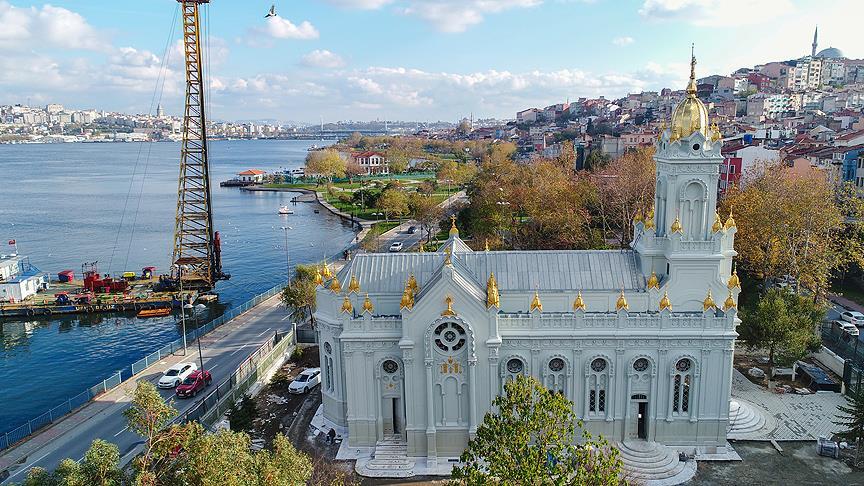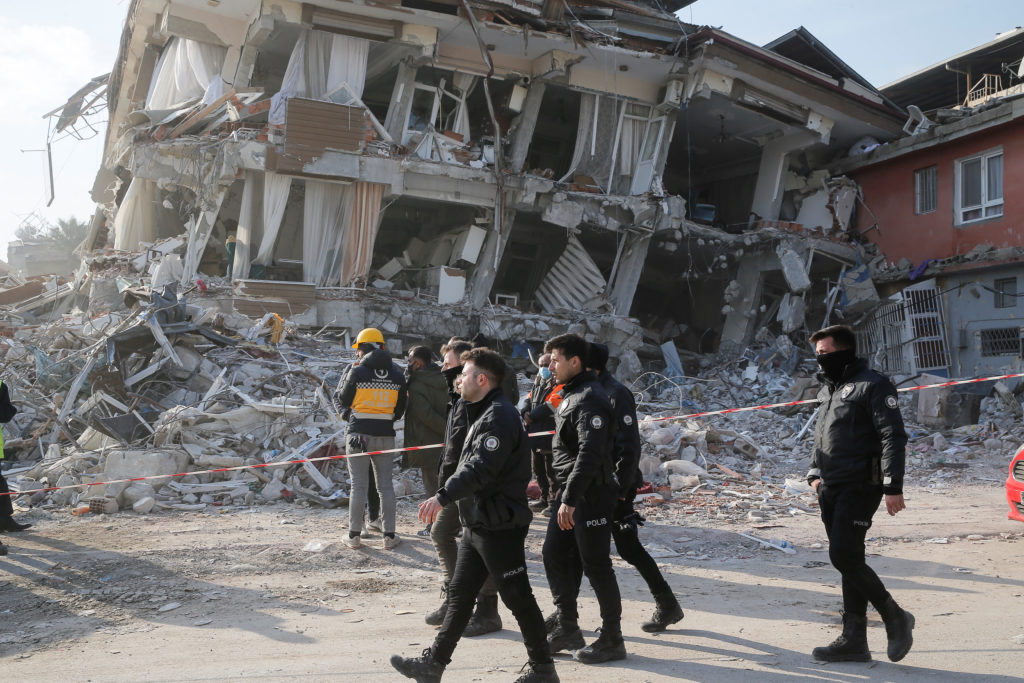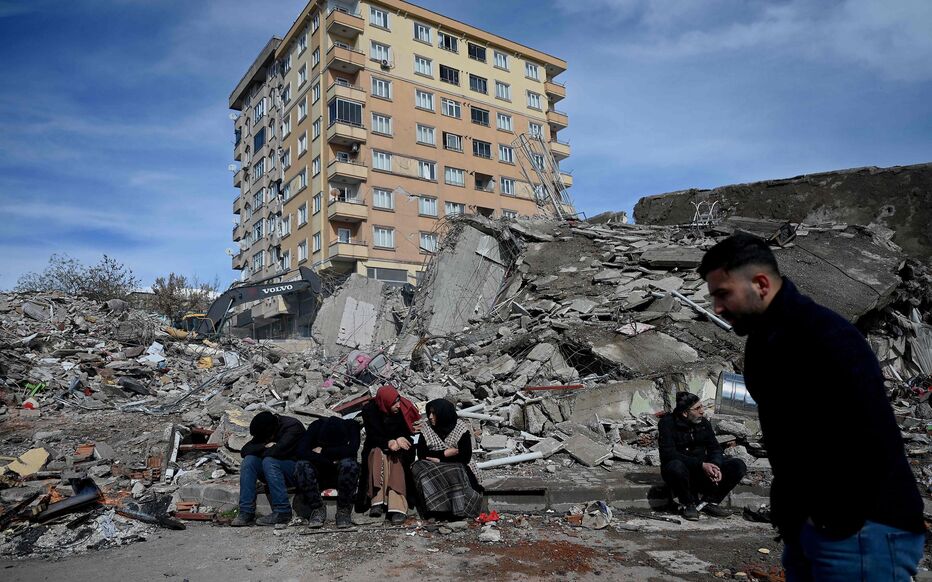Although these minorities today represent less than 1% of the population, they occupy an essential place in the history of Turkey and Istanbul, and have left their traces in the landscape of ancient Constantinople. A cosmopolitan Istanbul that they continue to inhabit and bring to life.
“It is here, on the blue page of the Bosphorus, that Turkey’s most intimate newspaper is written.” Delphine Minoui, correspondent of Figaro in Istanbul, could not say better. And it is on its shores, in these neighborhood-villages nestled on the edge of the emblematic strait, that an essential part of the history of Istanbul is also written.
Now among the city’s most affluent neighborhoods, the former fishing villages of the European Bosphorus have long hosted – and still host to some extent – a cosmopolitan population. It therefore seemed all the more necessary to devote one of our walks to it…
Our tour begins in Ortaköy. If the district is best known for its famous and splendid white mosque advancing on the edge of the Bosphorus, non-Muslims, however, are not left out. At the turn of a small street filled with souvenir shops, overlooking one of the countless kumpir stands, we can see the silhouette of a rum church, Ayios Fokas.
A little further on, a porch adorned with Hebrew inscriptions attracts attention. This is, as we can imagine (and as the security gate also tells us), the synagogue of Ortaköy, largely frequented by the Jews of Istanbul (one of the largest minorities in Istanbul), and regularly chosen to celebrate marriages or bar mitzvah.
But that’s not all. If we leave the small tourist center, its crowds and its famous kumpirs to walk the more residential streets of the district, we quickly come across the third minority (beside the other minorities in Istanbul) that interests us. Ortaköy indeed has, side by side, an Armenian church and school: the Meryem Ana church and the Tarkmanças school, present in these places since 1785.
And if you go a little higher, there is a Jewish cemetery. Walkers with strong legs will also be able to observe, in Ulus, on the heights of Ortaköy, a modern building surrounded by high walls and flanked by a Turkish flag. This is the only Jewish school in Istanbul (apart from a small kindergarten in Suadiye), established in the Ulus district since 1994 after leaving its historic premises in Beyoğlu. Entering the premises of the establishment, which is more guarded than the presidential palace, is a feat. For security reasons, the school transport services can only drop off students in an indoor car park, and not in front of the school entrance. Within these secure walls are provided, in accordance with the status of minority schools, a few hours of teaching in Hebrew – and not in Judeo-Spanish (Ladino), which is however the language of the Jews of Turkey, but is not recognized as such. by the Turkish authorities. In addition to Ladino, the Jewish community of Istanbul was also, for a long time, largely French-speaking – a practice of French encouraged, among other things, from the second half of the 19th century, by the network of schools of the Alliance Israélite Universelle. . During the first decades of the Jewish school, French thus imposed itself as the main language of instruction. If this Francophonie persists in part, especially among the oldest, today English has however replaced French in the programs of the Ulus school.
But it is now time to leave this promontory to descend to the edges of the strait. Ortaköy is indeed not the only village in the Bosphorus to harbor such religious pluralism, far from it. From the first bridge to Sarıyer, each of these districts stretching out like a chain to the Black Sea includes at least one church – and even several, in the majority of cases. Armenian Catholic and Apostolic churches, but especially Rum Orthodox churches. To name a few, let’s mention for example the vast Aya Strati Taksihari in Arnavutköy, or the more discreet Ayios Dimitrios, in Kuruçeşme, and Aya Parasevi, in Tarabya.
It is in this last district, moreover, that one also finds the remains of a small primary school rum, today closed – but witness of the old presence rum in this village which takes its name from the Greek Therapia …
Minorities in Istanbul
Opposite, the Asian side of the Bosphorus, for its part, was historically more Turkish and Muslim. With some exceptions…
When we think of Üsküdar, it is clear that we think above all, of course, of its splendid Ottoman mosques – and not of churches or synagogues.
However, the district turns out to be much more diverse than it seems at first sight… Contrary to all expectations, it is indeed here that we find two of the main minority strongholds on the Asian side.
Thus the conservative district of Selamsız still hosts a large Armenian community today. This is evidenced by the presence of several churches, including Surp Garabed, and two active schools: the Kalfayan primary school and the Surp Haç high school.
Finally, below lies Kuzguncuk, the last and no less charming stage of our journey… This small village with well-preserved old wooden houses, in the process of advanced gentrification, turns out, in addition to the presence of a rum church, to be an old Jewish quarter. And if the Jews of Istanbul have now moved to Kadiköy and the banks of Marmara, some of them continue, sometimes, to go to the banks of the Bosphorus to visit the synagogue of Kuzguncuk.
But Üsküdar still holds other surprises. Because another group, more mysterious, would also have its habits there: the Dönme, or Sabbateans, former Jews converted to Islam from the 17th century, in the footsteps of Sabbataï Tsevi, self-proclaimed messiah. Holders of a singular mysticism, the enigmatic Dönme, which would gravitate around the Fevsiye Hatun mosque and the Bülbülderesi cemetery, feed many fantasies. On the religious level as for the rest, Istanbul and its inhabitants, decidedly, have not yet revealed all their secrets!…




Comments are closed